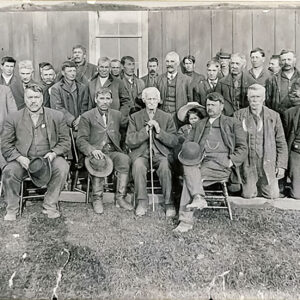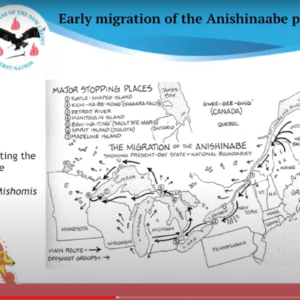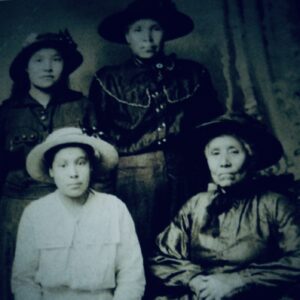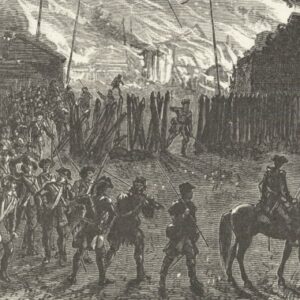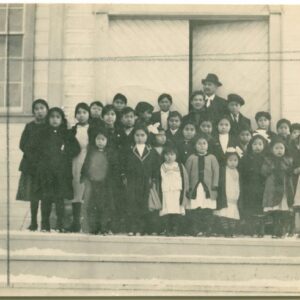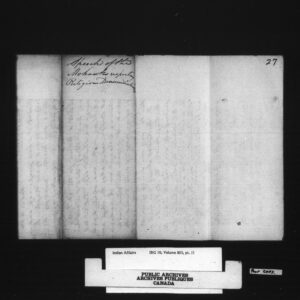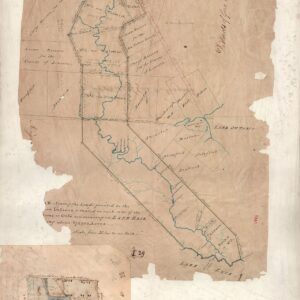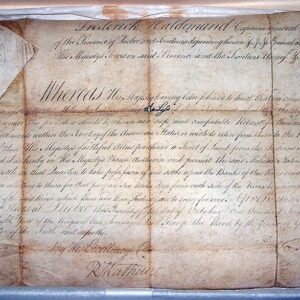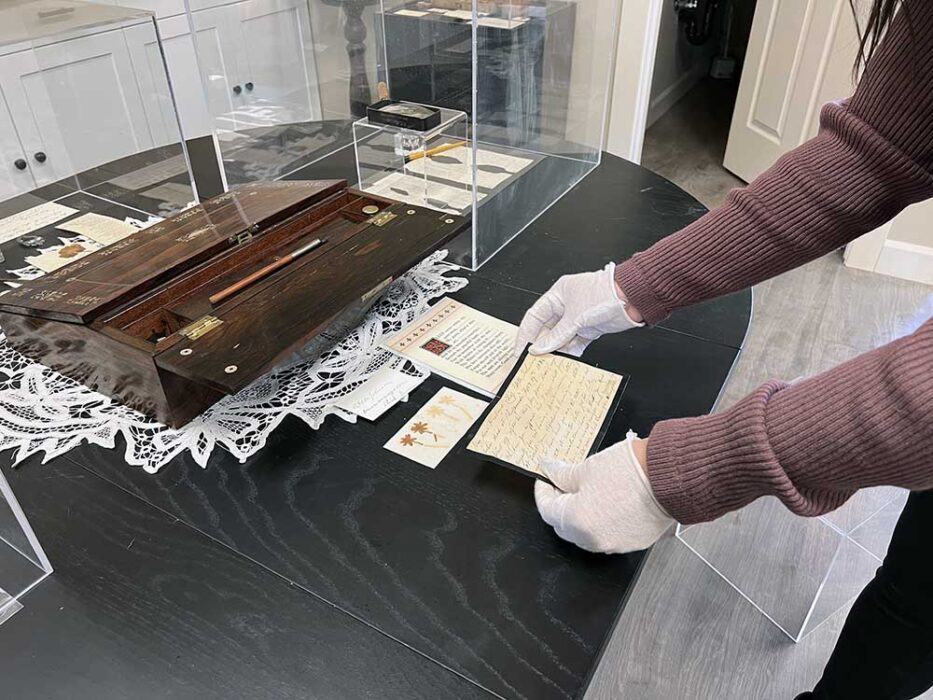
OHSWEKEN — It’s a romance story for the ages, the kind that makes your hairs stand on end — two people from different worlds — one betrothed to another in an arranged marriage — meet, fall in love, break social and cultural stereotypes to run away and follow their hearts, getting married in secret instead of bowing to tradition.
In 1838, the New England Company brought in Adam Elliot, a newly appointed missionary, to lead the Tuscarora mission church at Six Nations.
In 1840, after his graduation from the Mohawk Institute, George Henry Martin Johnson, son of hereditary chief Sakayengwaraton John Smoke Johnson and clan mother Helen Martin, was hired to work as an English interpreter for Elliot.
It was the first of many important political appointments Johnson would accept, making him an important player in inter-racial relations between Six Nations and white settlers in the area — which were very strained at the time.
In 1845, Elliot’s wife brought her sister, Emily Howells, to live and help with the parsonage.
The story goes that the two began a romantic and daring exchange of letters and books, often tucking in dried flowers from special places and publishing secret, unsigned love letters to one another in local newspapers.
Johnson was already betrothed to a woman from Six Nations in an arrangement organized by his mother. The pair became engaged to marry in 1848 and kept that engagement a secret for five years.
In 1849, the pair wrote sent one another secret love letters, published them in the local newspapers or including clippings from local papers in an almost early form of meme sharing. One poem, entitled “Secret Prayer”, was clipped and sent in a letter, calling on the lovers to “…go, in secret, pray…” in an almost
In Canada at that time — a white woman marrying an Indigenous man was seen as a scandal. So much so that Adam Elliot refused to marry the couple at the Tuscarora mission.
The engagement was kept a secret until the day before the couple married. The pair ran off to Kingston to be married by an Anglican Reverend, William Greig on August 27, 1853.
Two years later, in 1855, George was appointed and condoled as a hereditary chief of the Confederacy. Later, he would be appointed in a dangerous position to patrol the reserve and protect lands from timber theft. A role that would see him assaulted several times over the years.
As a wedding present to Emily, George designed and built the Chiefswood Mansion. A home that was intentionally designed to represent the blending of their two cultures and worlds. The home was finished in 1856.
Their marriage would result in four children: Henry Beverly, Eliza Helen Charlotte, Allen Wawanosh and Emily Pauline — who would go on to achieve Canadian fame as a renowned poetess.
The family home, Chiefswood, and the contents of the family home were preserved over the years. Now, Chiefswood is reaching into the archives of the family collection and showcasing the love letters kept between George and Emily in a new display at the Six Nations Tourism office, located at Chiefswood Park and home to the now National Historic Site of Chiefswood Mansion.
The display of items and the love letters and dried flowers collected by the two lovers throughout the course of their marriage are on display starting this Friday at the Six Nations Tourism office. All items are on loan from the Brant Historical Society and drawn from the Chiefswood archives.
Anyone who wishes to see the display can contact Six Nations Tourism. Visitors are being asked to arrange times to visit to accommodate COVID safety precautions.





